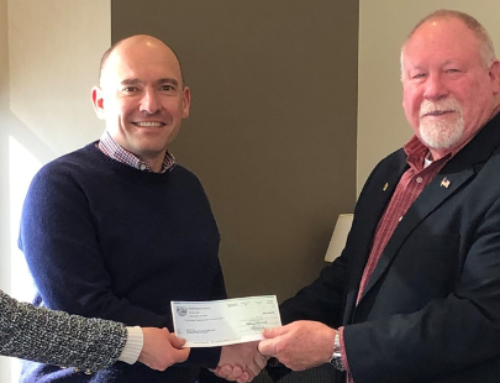“Wow, you don’t know what you don’t know!” commented one CFO after we just fleshed out how select incentives could accelerate CapEx he had planned. My response, “But, now you do.”
Here are five steps you can take to remove complexity and navigate to an effective package.
Step 1 – Shift Your Thinking
Savvy businesses and communities recognize that incentives will never “make the deal.” Incentives instead represent a community’s strategic investment into a project to achieve desired taxpayer objectives while the company applies that investment to optimize funding sources and uses within their capital stack. This means shifting from “What can I get?” to “What can the incentive accomplish for my project?”
Step 2 – Tie Incentive to Purpose
Each type of incentive (grants, loans, tax credits, TIF) comes with benefits and costs unique to you…and they may not be obvious. The first step in discerning which incentive makes sense is to identify where in your capital stack you can gain maximum leverage. The CFO made clear “money today” was critical for construction. With that priority in mind, we chose an incentive loan subordinate to SBA because it could be treated as equity in the deal, allowing him to preserve internal capital for needed equipment.
Step 3 – Crunch the Numbers
Even doing a simplified “napkin” analysis in Excel can uncover ways to structure a deal and tease out opportunity costs. Tie incentive program guidelines (often found on the internet) with your project’s numbers to pro-forma the incentive’s potential value. Then run different options / approaches through some basic “what if” scenarios. Plug that into a “sources and uses” chart, and you have a way to communicate deal structure for pitching internally and externally.
Step 4 – Sort Out Win-Win
Add to that same Excel worksheet a table quantifying wins for the company alongside that for the community. Think about this in terms of return on investment. How does this address specific needs and / or advance valued aims of the company and the community? This is not softy stuff. You are making a case for the incentive level and ultimately securing buy-in. The CFO here hit the “easy button,” engaging EDWC for a graphical one-pager depicting his project’s payback, ROI and net public benefits via our economic and fiscal impact modeling tools.
Step 5 – Formalize the Partnership
Securing an incentive is ultimately about forging a partnership between company and community. This may be as simple as completing an application or, where there are several moving parts, consider authoring a “pre-development memorandum” whereby both parties spell out consensus on:
- core assumptions
- deal basics
- each other’s obligations
- a timeline
Complex deals will ultimately require a development agreement.
For every Foxconn size package that grabs headlines, there are countless other more modest incentive deals closed you never hear about…yet with outsized positive impact for everyone involved. Follow these steps and yours could be the next one.
Get in touch with Andrew Haass, Director of Business Development to start the conversation on how we can guide you through the process.







